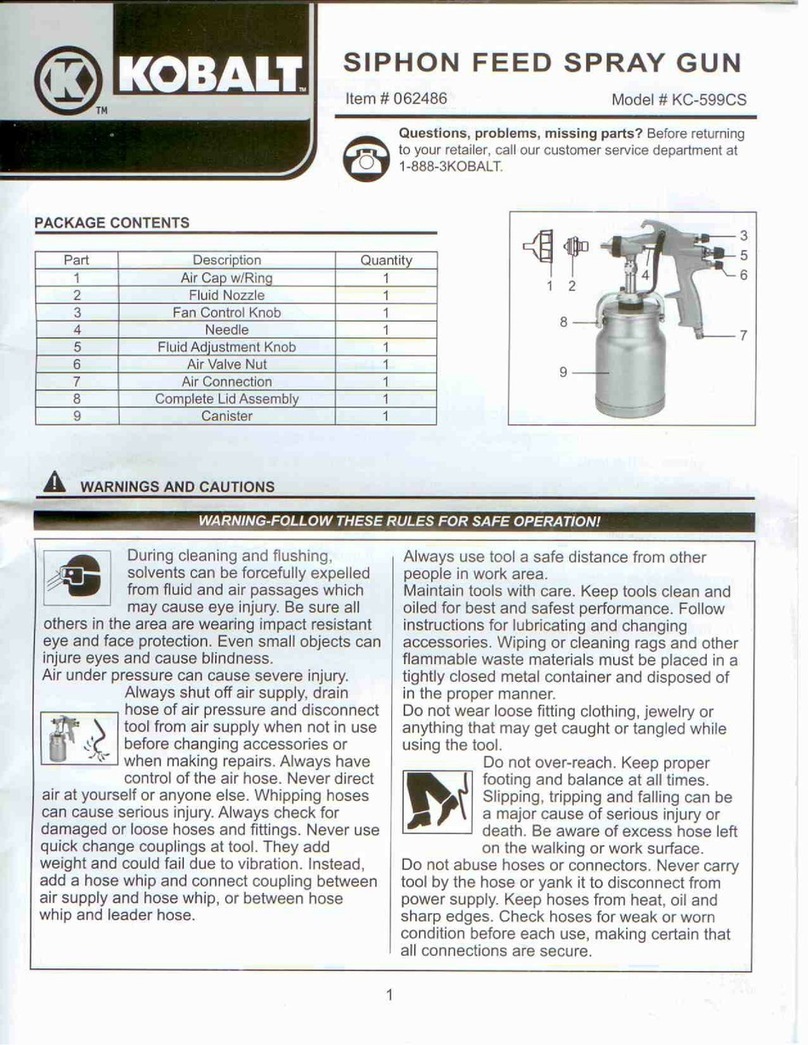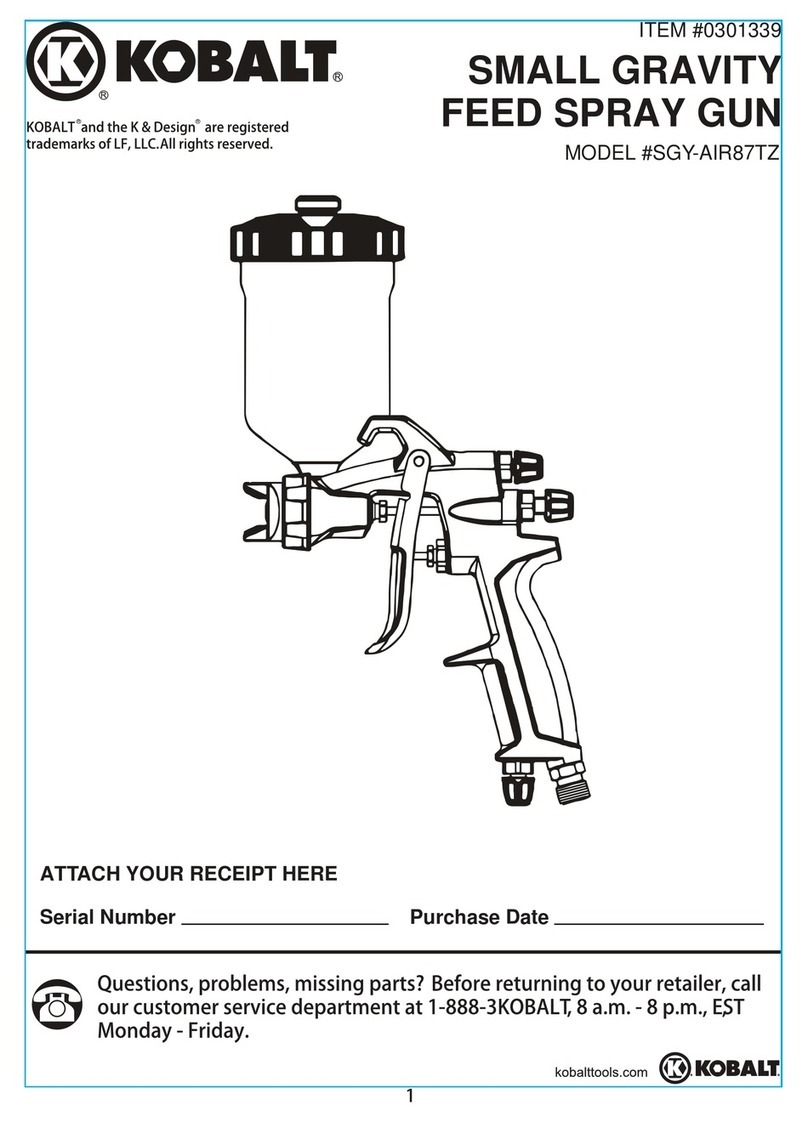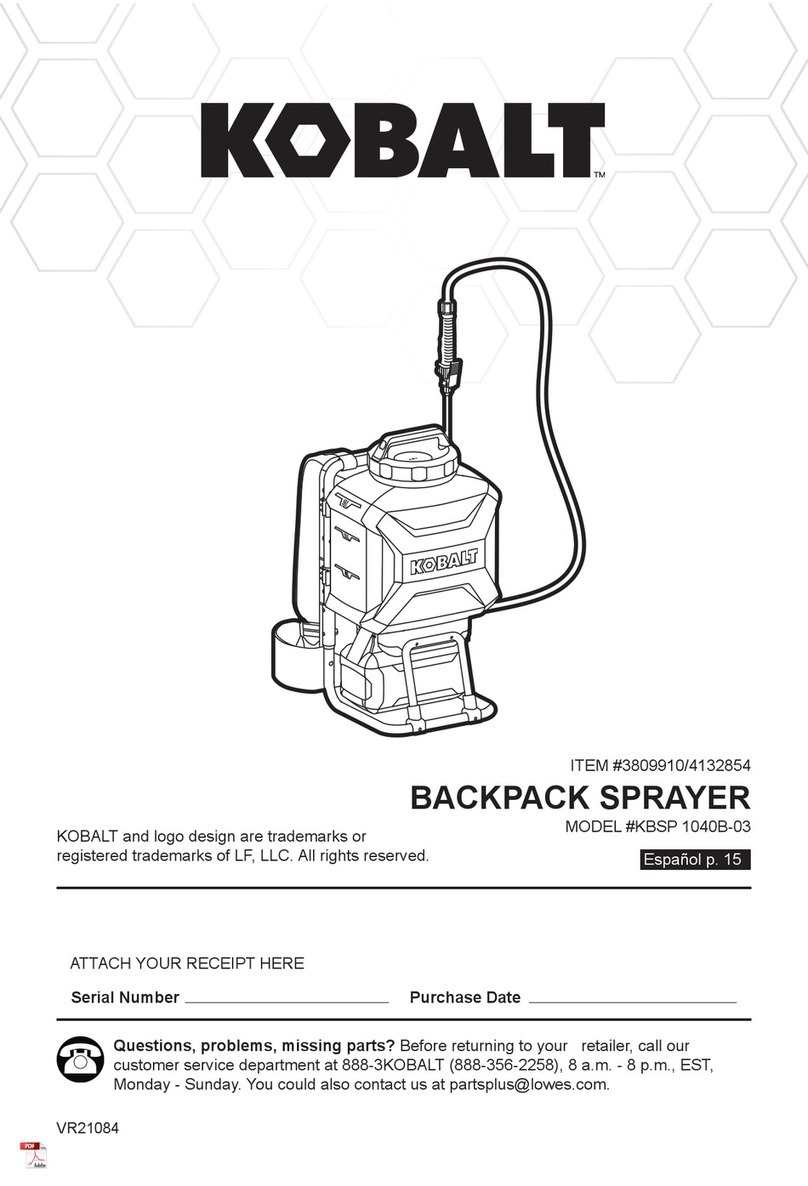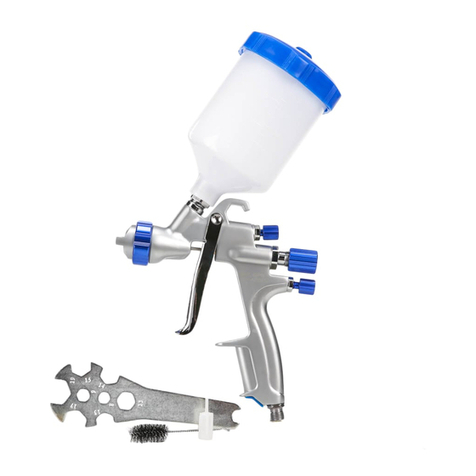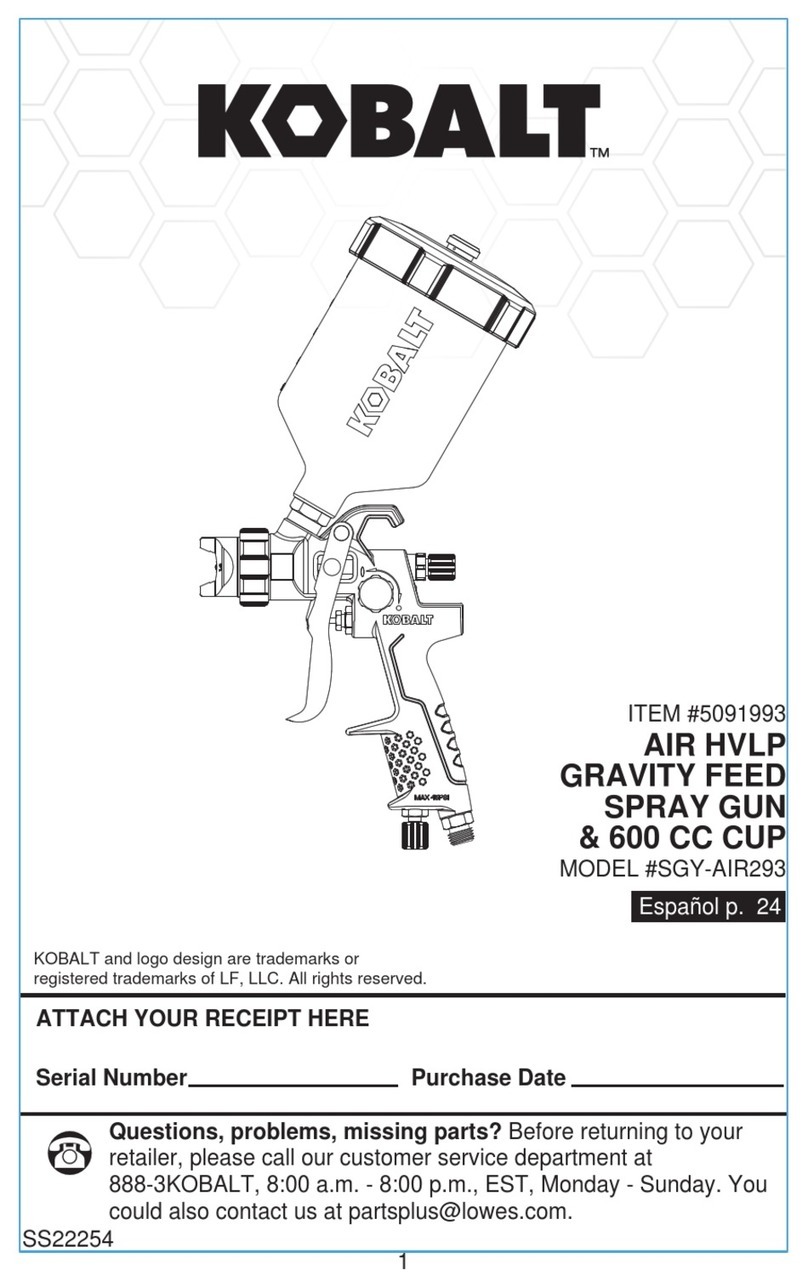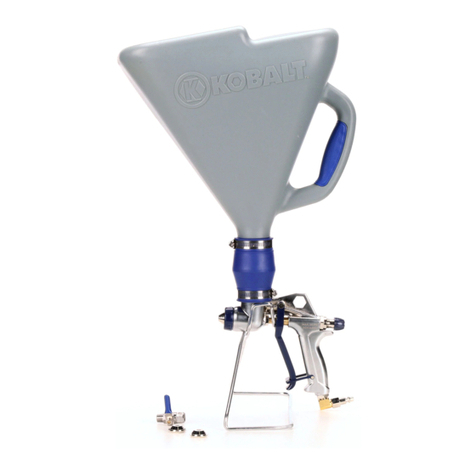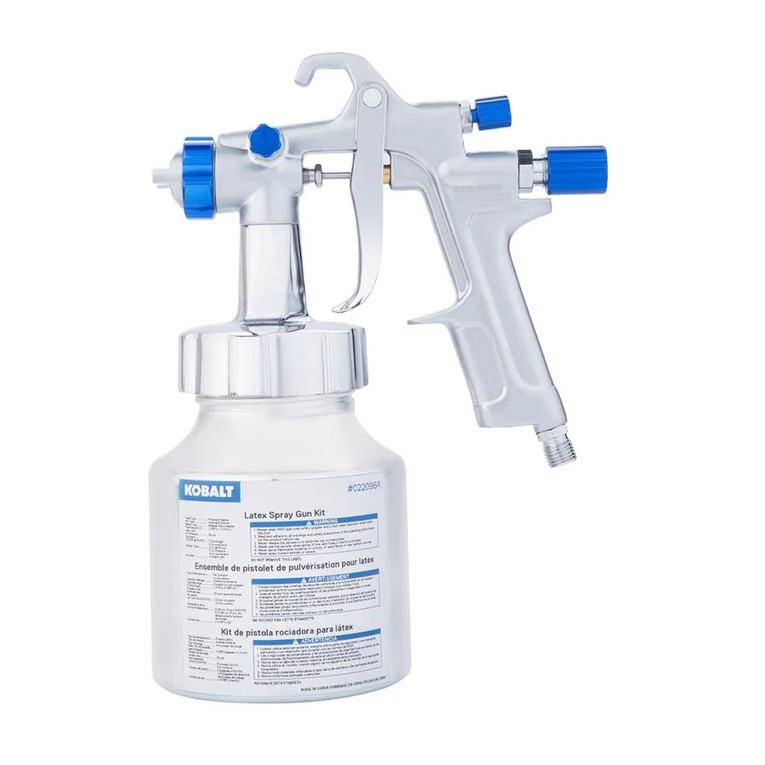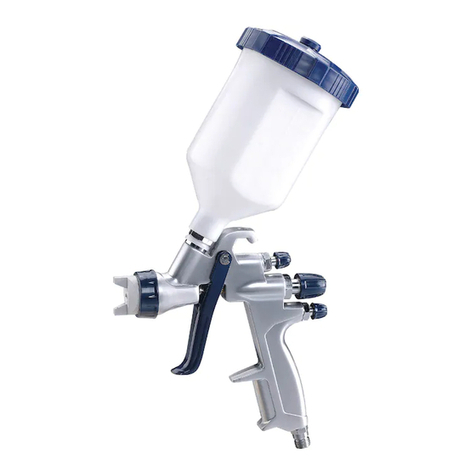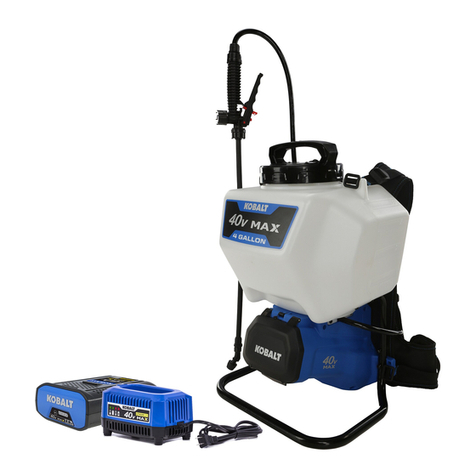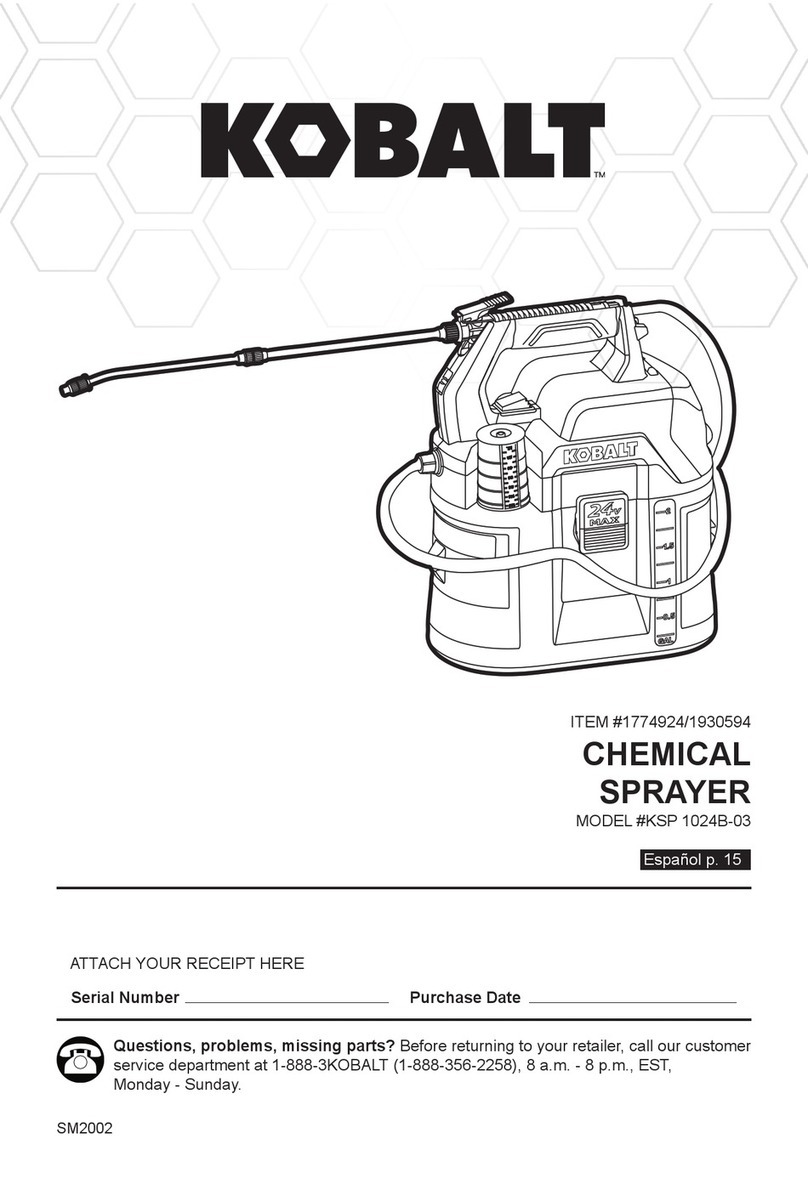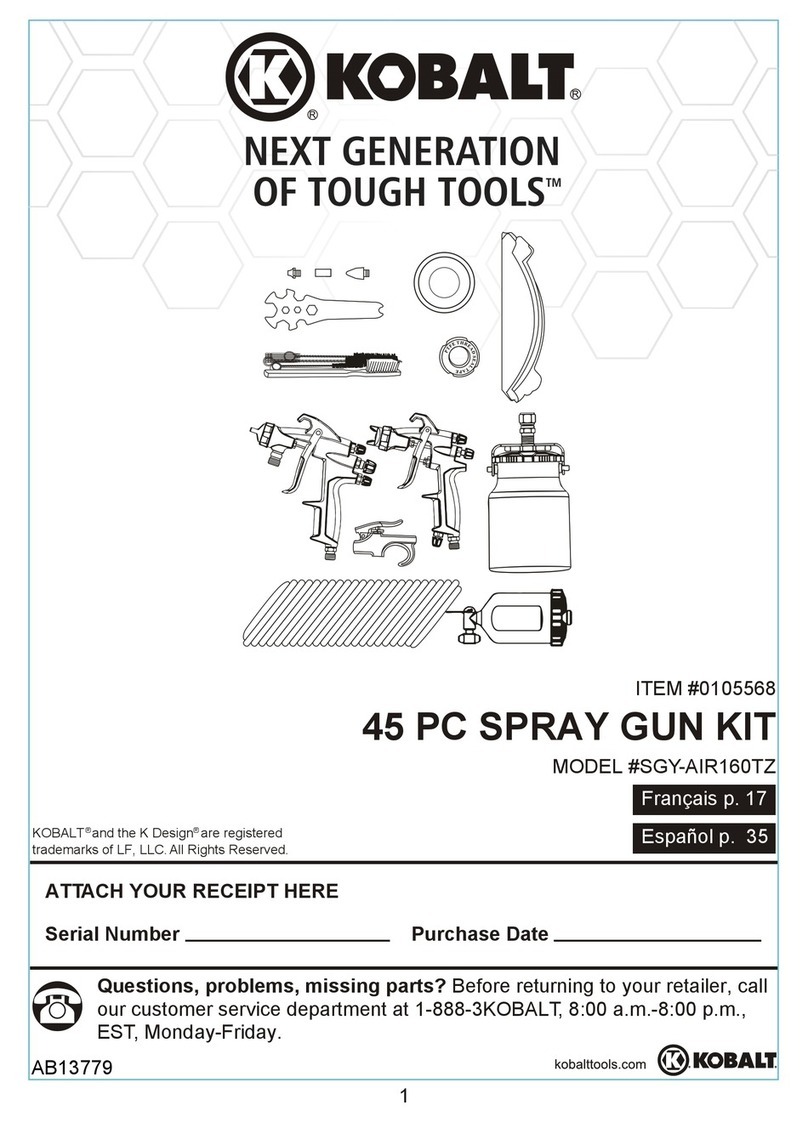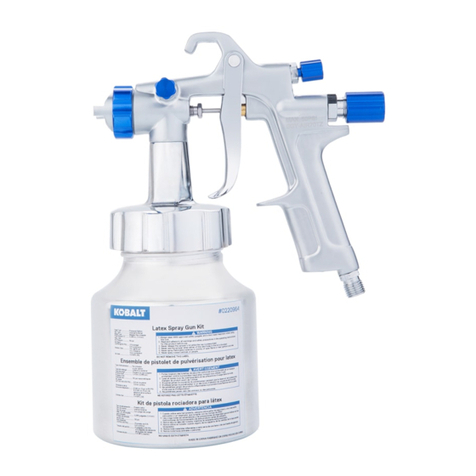
7
SAFETY INFORMATION
This tool is NOT electrically insulated.
Contact with a “live” wire will also make
exposed metal parts of the tool “live” and
can result in electrical shock,
electrocution injury or death.
An unattended tool could be activated by
unauthorized/untrained persons, leading
to their injury or injury to others.
Air tools can propel fasteners,
loose/broken accessories or other objects
throughout the work area.
Air tools can become activated by
accident while being handled, during
accessory changes, tool changes,
maintenance or repair.
Disconnect the tool from the air supply
during accessory changes, tool changes,
maintenance or repair.
Never carry the tool by the air hose. Never
yank the air hose to disconnect it from the
tool or the air supply.
Always carry the tool by the handle.
Avoid unintentional operation. Never carry
the tool with the trigger depressed or
engaged. Do not lock, tape or wire the
trigger for continuous operation.
Only an authorized service representative
should do repair servicing.
Maintain awareness of work area safety at
all times. Always be aware of other people
around the work area to ensure safety.
Use only parts, fasteners and accessories
recommended by the manufacturer.
Keep work area clean, free of clutter and
well lit. Do not allow children to operate
any tool, and keep children away from
work areas.
Remove air hose when the tool is not in
use and store tool in a secure location
away from reach of children and untrained
users.
Never use air tools where they may come in
contact with energized electrical wiring.
Avoid body contact with grounded surfaces
such as pipes, radiators, refrigerators, and
ranges. There is an increased risk of
electrical shock if your body is grounded.
Whenever possible, it is recommended that
electrically non-conductive clothing and
non-skid foot wear be worn when using tools.
Risk of Electric Shock
WARNING
WHAT COULD HAPPEN HOW TO PREVENT IT
Risk of Personal Injury
WARNING
WHAT COULD HAPPEN HOW TO PREVENT IT
